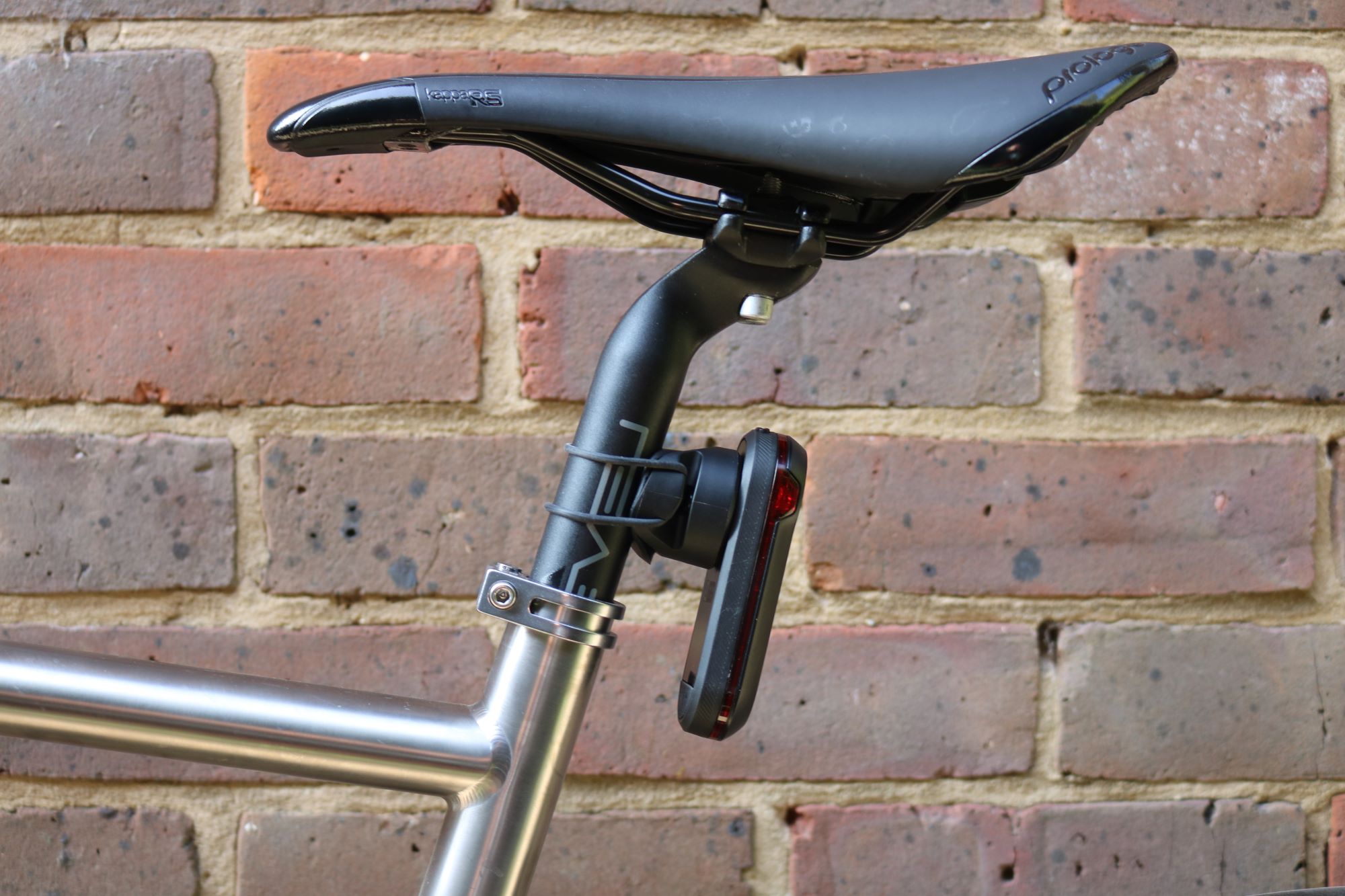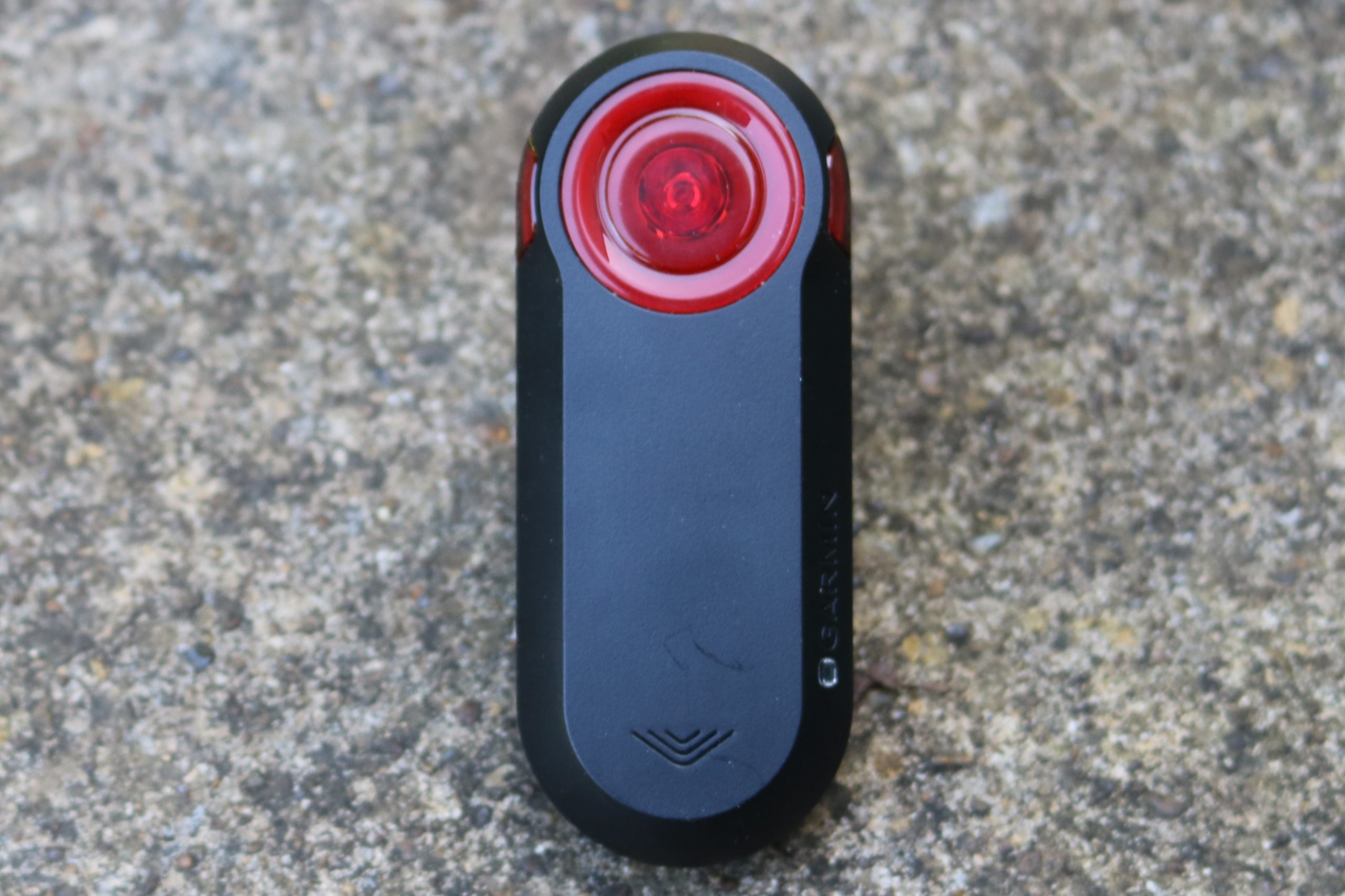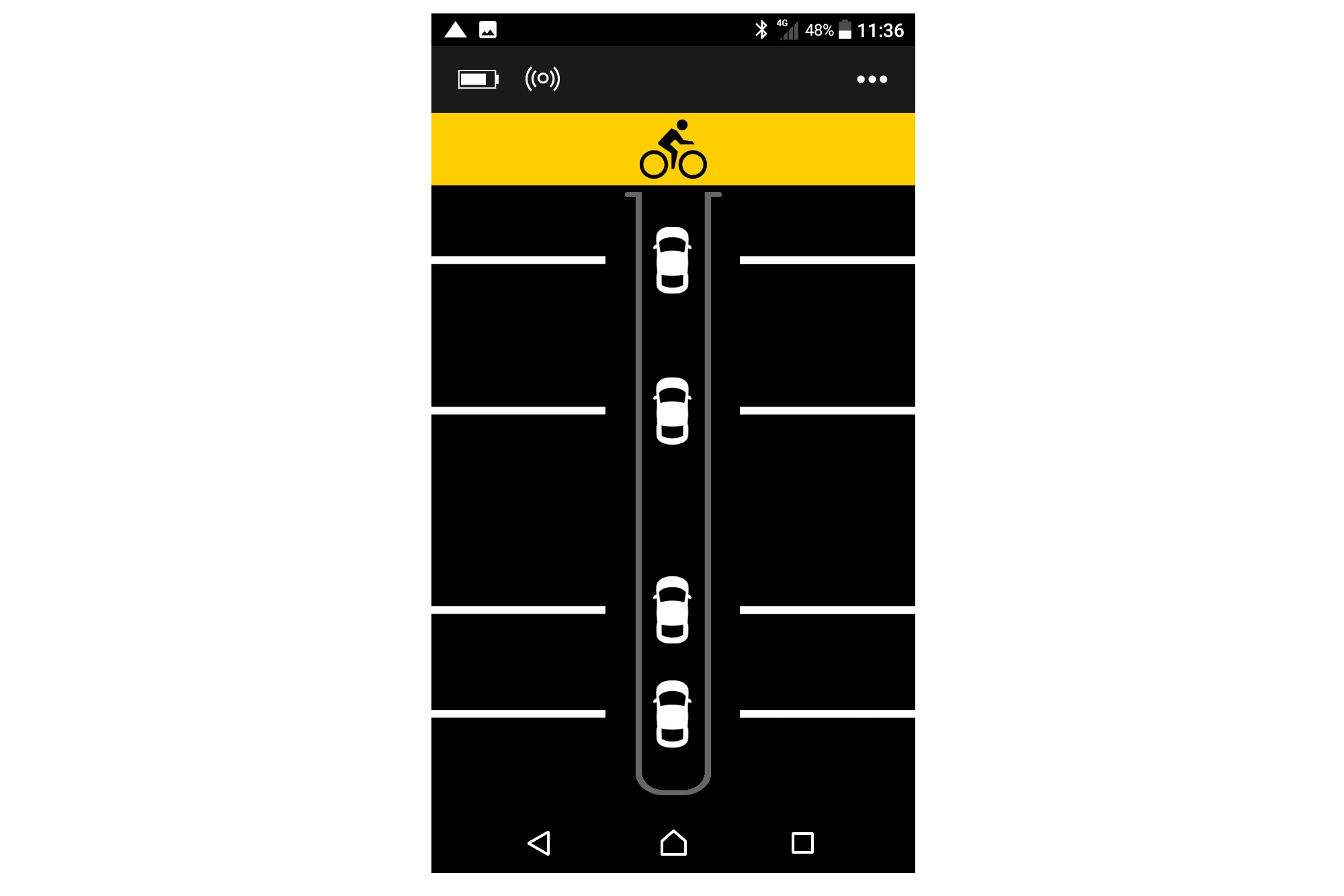Garmin Varia RTL515 rear light review
The Garmin Varia rear light has a built in radar to detect approaching vehicles

The Varia radar-operated rear light is a surprisingly effective, if pricey way to keep abreast of what’s happening behind you.
-
+
Ups your road presence
-
+
Usually quicker to spot approaching vehicles than you are
-
-
Only one alert for vehicles in convoy
-
-
Does not spot all approaching vehicles
-
-
Expensive
You can trust Cycling Weekly.

Who needs a rear light with a built in radar? I was ready to be underwhelmed by the Varia RTL515, but came away impressed by its capabilities. After all, I’m able to hear approaching vehicles and it’s easy enough to look around and check what’s coming.
But the Varia rear light does it so much better. Garmin says that its built-in radar will detect an approaching vehicle up to 140 metres behind you. I’d reckon it’s much further than that on a straight road - perhaps as much as 400m.
>>> Would better rear view vision make cyclists feel safer?
Looking round once alerted to a vehicle behind on a fast open road, in some cases it was barely in sight. The Varia was also an asset on sinuous roads, where it might flash up an alert before I’d had a chance to look around.
>>> Best road bike mirrors
The Varia rear light pairs up with a Garmin Edge computer, many Garmin smartwatches and/or with your smartphone using either ANT+ or Bluetooth.
I paired it with a Garmin Fenix 6 smartwatch. That involved uploading a widget to the watch via my computer. Pairing was straightforward, although I spent a long time trying to work out what the “No lightnetwork!” alert on the watch meant.
In fact it was a red herring, the light and watch worked fine together. You can buy multiple Varia front and rear lights and set them up so they’re all controlled together - hence the network message.

Once the Varia detected an approaching vehicle, the watch vibrated, gave an alert tone and showed a red, amber or green band around the edge of the face, depending on the speed of approach. If you’re using an Edge, the unit shows a bar up the side of the display with white dots denoting the relative distances of vehicles.
The alert is also useful if you’re making a turn, as you may not be sure that a following car has turned too rather than driving straight on. In such cases, the Varia rear light would re-alert me that the car had made the turn.
Not just a warning
The Varia doesn’t just alert you to what’s happening behind, it reacts too.
There are four light modes: one continuous with 20 lumens (6 hours claimed battery life), an 8 lumen continuous mode to stop you dazzling riders behind you on the club run (8 hour claimed run time), a 29 lumen pulsed/always-on night flash (6 hours claimed) and a 65 lumen irregular day flash (16 hours claimed).
>>> Best front and rear road bike lights
Once the light detects a vehicle, its behaviour changes, starting to flash if in continuous mode and flashing more quickly if already set to a flashing mode. Garmin reckons that on its day flash setting the light is visible up to a mile away.
>>> Daytime running lights: should you be running them?
It’s not all good news though. If there’s a convoy of vehicles, I got one alert on the Fenix 6 smartwatch, so I couldn’t assume that once one or two had passed me the road was clear behind. And once or twice I didn’t get an alert for a vehicle approaching, I'm not sure what caused this. If a following vehicle is going at the same speed as you, it won’t be detected either.
As with all things electronic, there’s an app that comes with the Varia. That lets you use your smartphone to get a visual warning of approaching traffic. The app is fairly basic, with just a schematic of the road behind you, but it does differentiate multiple vehicles.
It also means that you can use your smartphone mounted to your bars in place of a Garmin computer. You can see the info from the Varia on the Ride With GPS phone app too.

The Varia rear light is pretty chunky. With its substantial mount - necessary to keep it pointing back horizontally so that its radar will work - it comes in at exactly 100 grams. The mount is attached to your seatpost with a rubber band. There are rubber inserts for different shaped seatposts. They’re not that closely connected to the mount, so there’s a risk of losing them.
The Varia light attaches to the mount via a quarter turn, making it secure and easy to take off - a necessity for a piece of kit costing £170.
Whilst I’d gone in thinking that the Garmin Varia was an unnecessary gadget, I’ve come away impressed with its ability to make my rides feel that bit safer.
When riding, I’m amazed how often I’ll see riders who never look behind, even when making an (often unsignalled) turn. If you’re that rider, buy one.

Thank you for reading 20 articles this month* Join now for unlimited access
Enjoy your first month for just £1 / $1 / €1
*Read 5 free articles per month without a subscription

Join now for unlimited access
Try first month for just £1 / $1 / €1
Get The Leadout Newsletter
The latest race content, interviews, features, reviews and expert buying guides, direct to your inbox!
Paul started writing for Cycling Weekly in 2015, covering cycling tech, new bikes and product testing. Since then, he’s reviewed hundreds of bikes and thousands of other pieces of cycling equipment for the magazine and the Cycling Weekly website.
He’s been cycling for a lot longer than that though and his travels by bike have taken him all around Europe and to California. He’s been riding gravel since before gravel bikes existed too, riding a cyclocross bike through the Chilterns and along the South Downs.
-
 'This race is absolutely disgusting': Peloton reacts to another brutal Paris-Roubaix Femmes
'This race is absolutely disgusting': Peloton reacts to another brutal Paris-Roubaix FemmesNow in its fifth edition, Paris-Roubaix Femmes is still a tough race, even for the best bike riders in the world
By Adam Becket Published
-
 ‘It’s the biggest win of my career’ says João Almeida after crushing Itzulia Basque Country success
‘It’s the biggest win of my career’ says João Almeida after crushing Itzulia Basque Country successUAE rider wins the final stage to finish almost two minutes clear of Enric Mas on GC, with Max Schachmann in third
By Peter Cossins Published
-
 'I have an exam in a month and a half' - Carys Lloyd becomes Paris-Roubaix's youngest ever rider
'I have an exam in a month and a half' - Carys Lloyd becomes Paris-Roubaix's youngest ever riderBritish teenager and A-Level student makes it to the velodrome on debut
By Tom Davidson Published